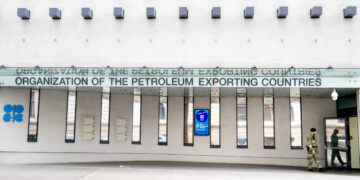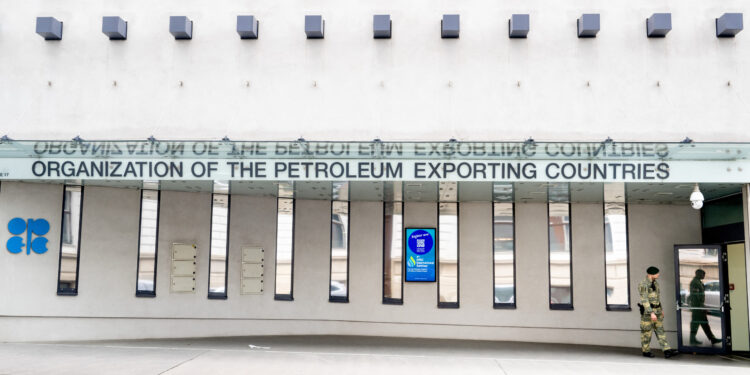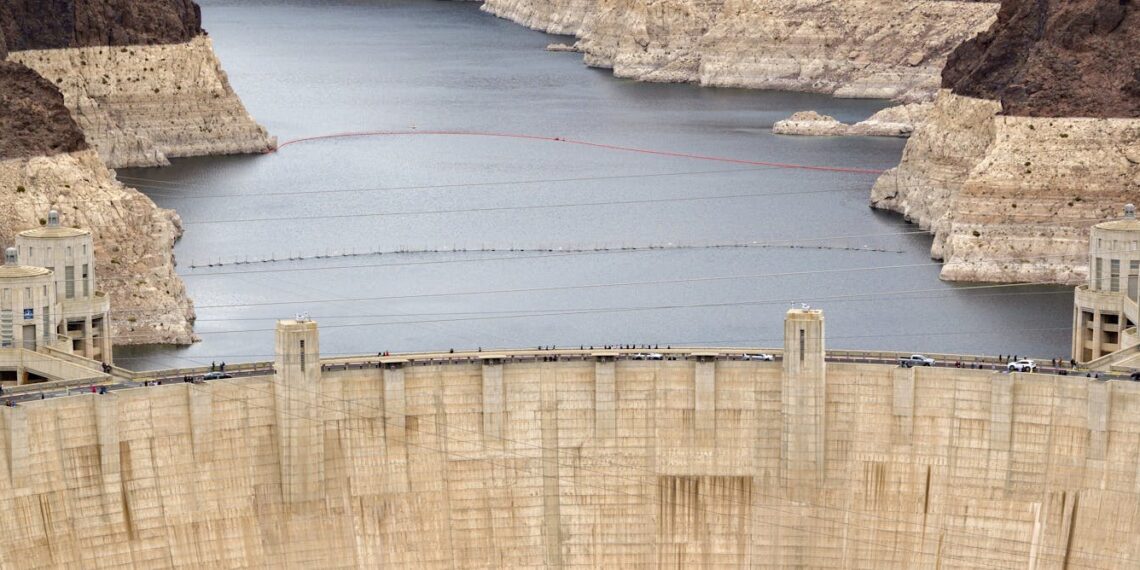Login to Continue Learning
Members of the Organization of Petroleum Exporting Countries (OPEC+) announced plans on Sunday to increase oil production by over half a million barrels per day in September, despite ongoing supply concerns.
In response to U.S. pressure, particularly aimed at India to halt Russian oil purchases, OPEC+ held a virtual meeting. However, they decided to boost output due to a robust global economy and low oil inventories, with prices remaining high even as production increased.
The White House and Department of Energy were contacted by Newsweek for comment outside normal business hours on Sunday.
### Why It Matters
President Donald Trump promised in his 2020 campaign to address the Russia-Ukraine conflict and reduce gas prices. Russian resistance has led the U.S. to seek alternative methods, such as imposing tariffs or encouraging oil buyers to switch suppliers, which could drive up gas prices for Americans.
OPEC+ agreed to increase production, providing an alternative to Russian oil. The group includes Saudi Arabia, Russia, Iraq, United Arab Emirates, Kuwait, Kazakhstan, Algeria, and Oman. They have been reducing voluntary production since November 2023, with plans to phase these cuts out by September 2026.
Despite the increased output, Brent crude prices remain around $70 per barrel, raising questions about the impact on gas prices.
### What To Know
OPEC+ will meet again in September for further discussions and adjustments. The decision means increasing production for a second time this year—following July’s announcement—and effectively ending their voluntary cuts program early.
### What People Are Saying
President Donald Trump wrote on Truth Social, “We have just concluded a deal with Pakistan to develop their oil reserves and choose an oil company to lead the partnership.”
Mark Temnycky from the Atlantic Council think tank warned that new U.S. restrictions or tariffs could raise energy prices, especially at the gas pump.
### What Happens Next?
The members will meet again in September for further discussions and adjustments to production levels.
This article includes reporting by the Associated Press.
📚 Reading Comprehension Quiz
What action did OPEC+ announce regarding oil production in September?
Please login or register to take the quiz and earn points!



















